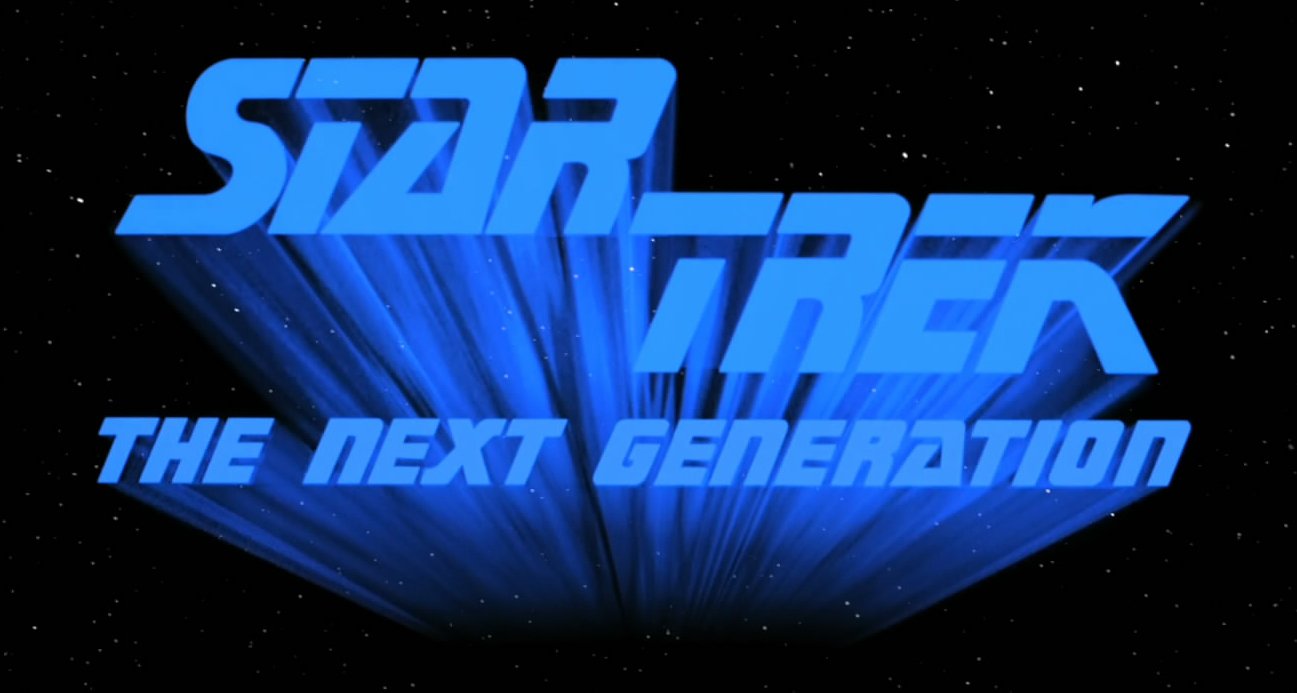
Hello and welcome back to ‘Final Frontier Friday’! Summer is in full swing, and for most of us, that means beach trips, oppressive humidity, and an alarming spike in the insect population. It also means that my mind turns to season finales, not just of current shows but some past favorites as well. You know, because of who I am as a person. So with that being the case, I thought it as good a time as any to look at a ‘Star Trek’ finale. Which brings us to this week’s episode, the third season finale of ‘Star Trek: The Next Generation’. Ladies and gentlemen, ‘The Best of Both Worlds’.
The Borg are hugely popular. I know, “duh.” But this was the case almost immediately following their late second season introduction in ‘Q Who’. And after the failure to establish compelling new antagonists in the form of the Ferengi in the first season, the writing staff was keen to bring these newly successful villains back. But the quickly found this wasn’t the easiest task ever, especially once the arc that had been planned by Maurice Hurley was scuttled by a combination of the 1988 Writers Guild strike and Hurley’s departure as showrunner. The biggest problem the staff had with the Borg at this early stage was one of the very things that made them compelling villains: their monolithic nature and, in the words of then-current showrunner Michael Piller “lack of character”. Nonetheless, the desire to revisit the Borg persisted, with Piller describing the appeal as that of “a show that dwells and specializes in character [being] challenged and possibly destroyed by a characterless villain.”
One proposed solution to this problem was – in keeping with the vaguely insectoid conception of the Borg social structure – the introduction of a so-called “queen bee.” While this would bear fruit years later in the form of the Borg Queen, Piller resisted the idea at the time on the grounds that it would detract from the elements that make the Borg unique and compelling (an argument that persists among fans to this day). The solution – and the genesis of the episode, ultimately – arrived when Piller realized that the best solution was to make Picard the queen bee. That, oddly enough, is when ‘The Best of Both Worlds’ started to turn into a Riker episode.
 To complement the inherent spectacle of a story that transformed Captain Picard into a Borg and pitted him against the Federation, Piller decided to stuff the remainder of the episode with human drama, to “dwell and specialize in character,” if you will. He did this by revisiting an issue that the show had occasionally confronted before and that the audience had already begun to wonder about: the prospect of Riker getting his own command. Obviously, the real reason this hadn’t happened was, well, why on Earth would you write Jonathan Frakes out of your show? But what if a situation arose that called for Riker to take command of the Enterprise? If, say, Picard were abducted by a hostile power? Not content to simply raise the question, the episode also introduces Commander Shelby. Played by Elizabeth Dennehy, Shelby was an ambitious young officer rising through the ranks, essentially, what Riker was before he started getting comfortable on the Enterprise. By placing her on the Enterprise, the show forced Riker to take a good, hard look in the mirror even before he was forced to sit in the big chair.
To complement the inherent spectacle of a story that transformed Captain Picard into a Borg and pitted him against the Federation, Piller decided to stuff the remainder of the episode with human drama, to “dwell and specialize in character,” if you will. He did this by revisiting an issue that the show had occasionally confronted before and that the audience had already begun to wonder about: the prospect of Riker getting his own command. Obviously, the real reason this hadn’t happened was, well, why on Earth would you write Jonathan Frakes out of your show? But what if a situation arose that called for Riker to take command of the Enterprise? If, say, Picard were abducted by a hostile power? Not content to simply raise the question, the episode also introduces Commander Shelby. Played by Elizabeth Dennehy, Shelby was an ambitious young officer rising through the ranks, essentially, what Riker was before he started getting comfortable on the Enterprise. By placing her on the Enterprise, the show forced Riker to take a good, hard look in the mirror even before he was forced to sit in the big chair.
But how did all come together? And why do I ask questions to which I already know the answer?
